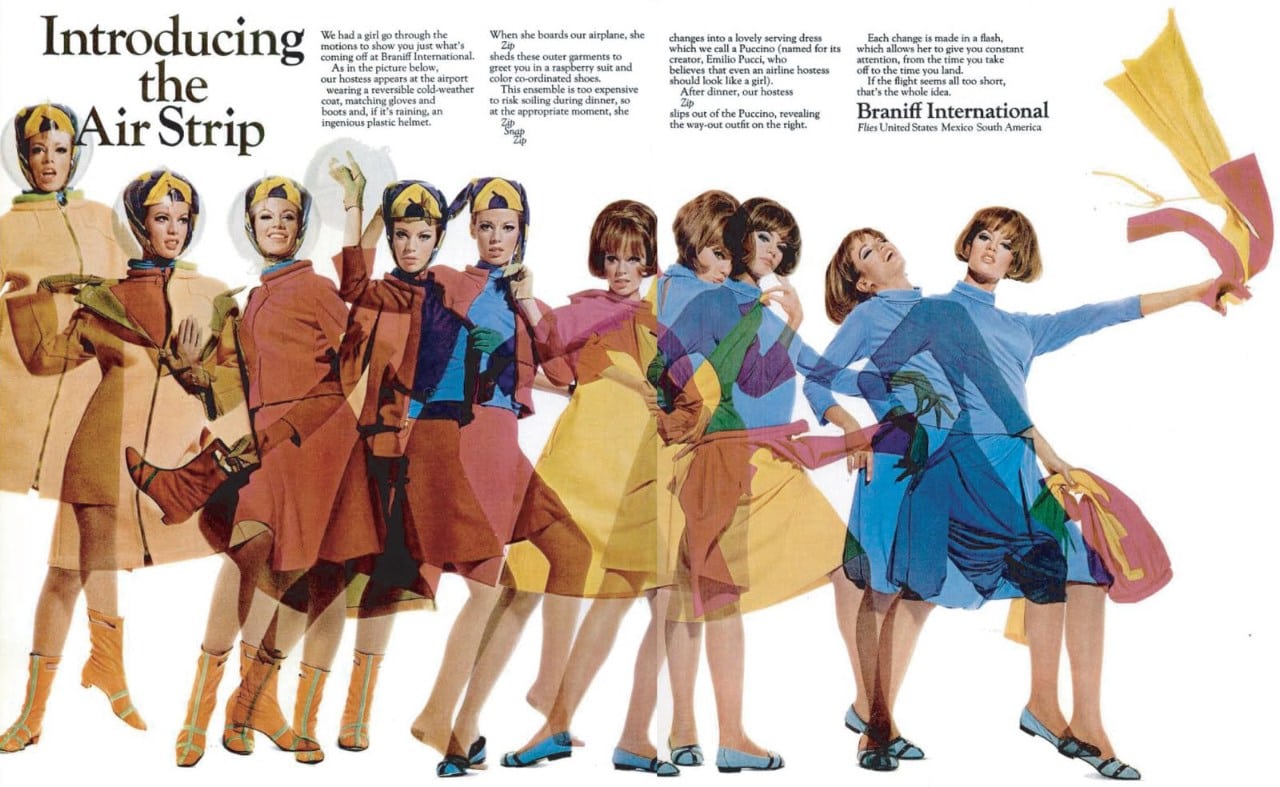9 Great Airline Brands We've Loved and Lost

Skift Take
It would be nice to have a successful relaunch of a classic, for a change. Best of luck to the new Eastern Air Lines with that.
[gallery ids="145570,145568,145569,145572,145571,145669,145670,145666,145667,145668"]
Last week brought news that Eastern Airlines would be resurrected -- in a way -- with a brand reboot that would operate out of Miami, FL.
Considering the track record of relaunches, we don't expect much.
Even if you aren't a true blue, jet-fuel in the veins, twin-engine powered aviation geek (#AvGeek), you may have longed for the return of a long-defunct airline. Icons of a bye-gone era, they owe their enduring appeal to fortunes spent defining and refining their brands. Their competition funded the development of new aircraft, aviation technology, and a great many cabin innovations, but came with high fares which made flying a luxury most could not afford. In the 1980s, deregulation brought the party to a
